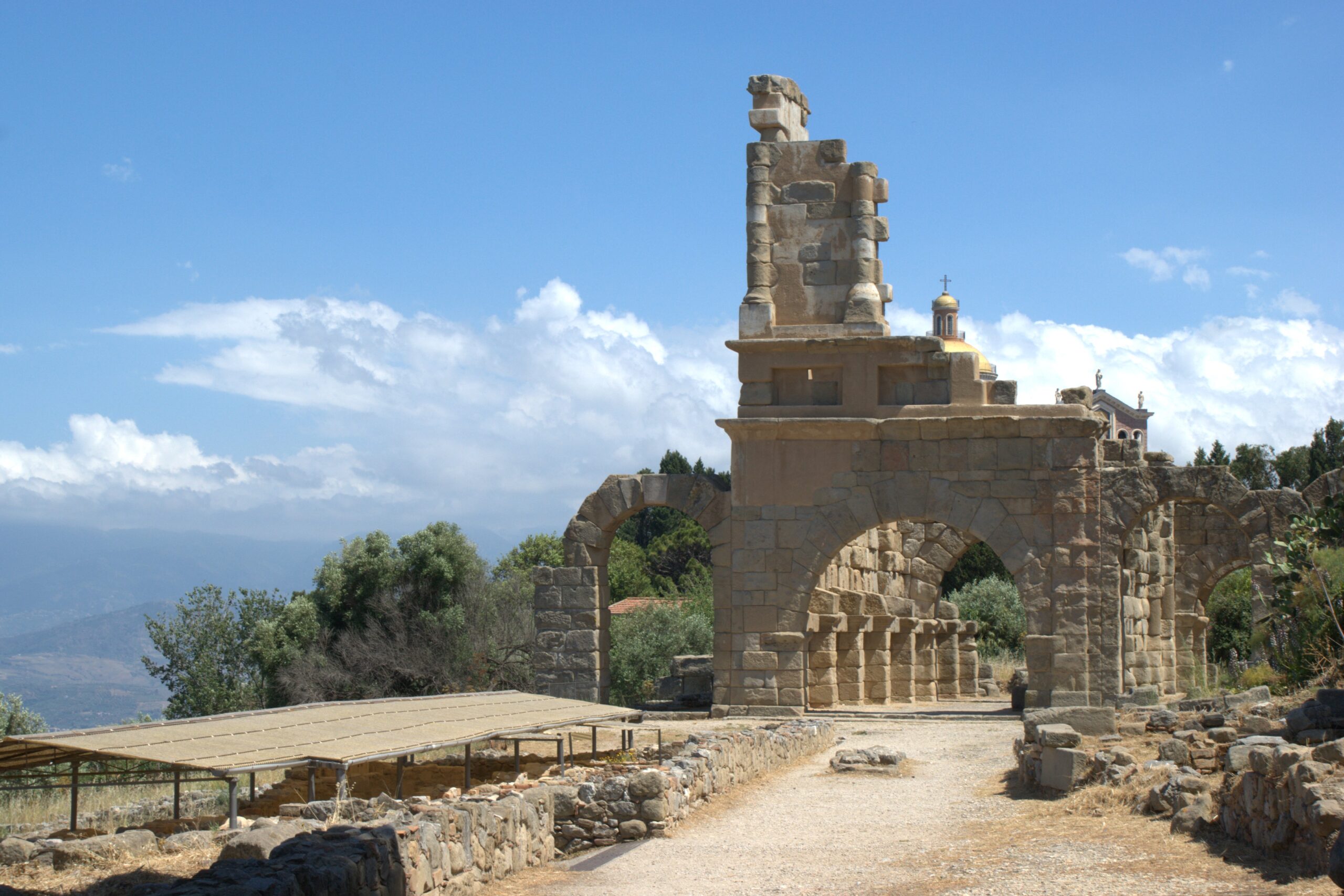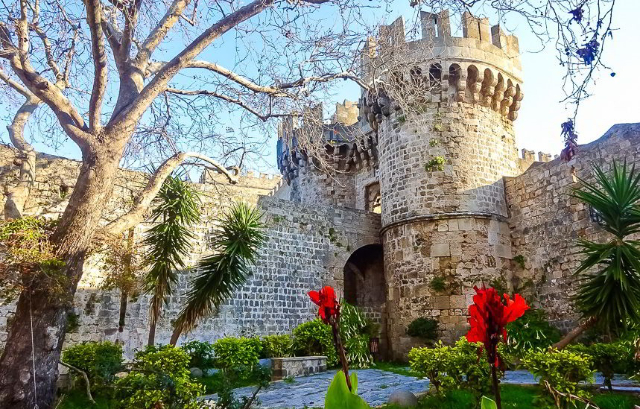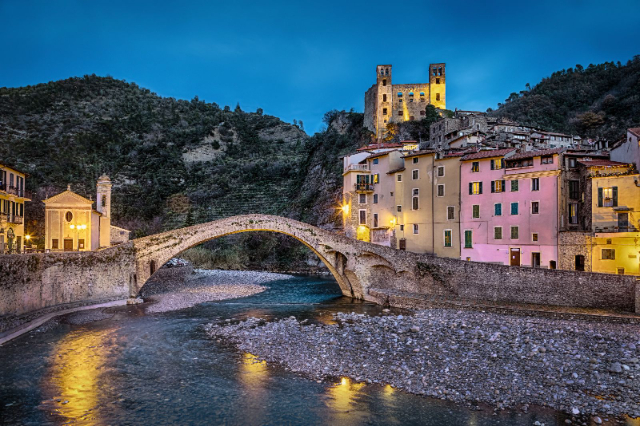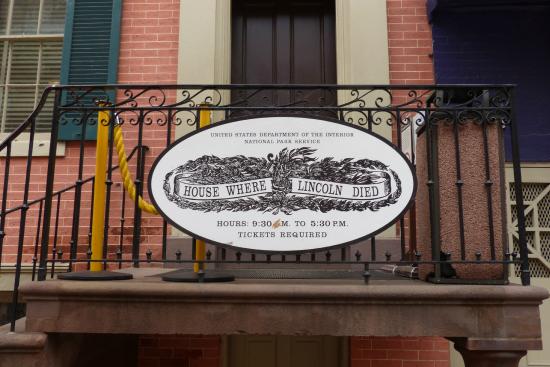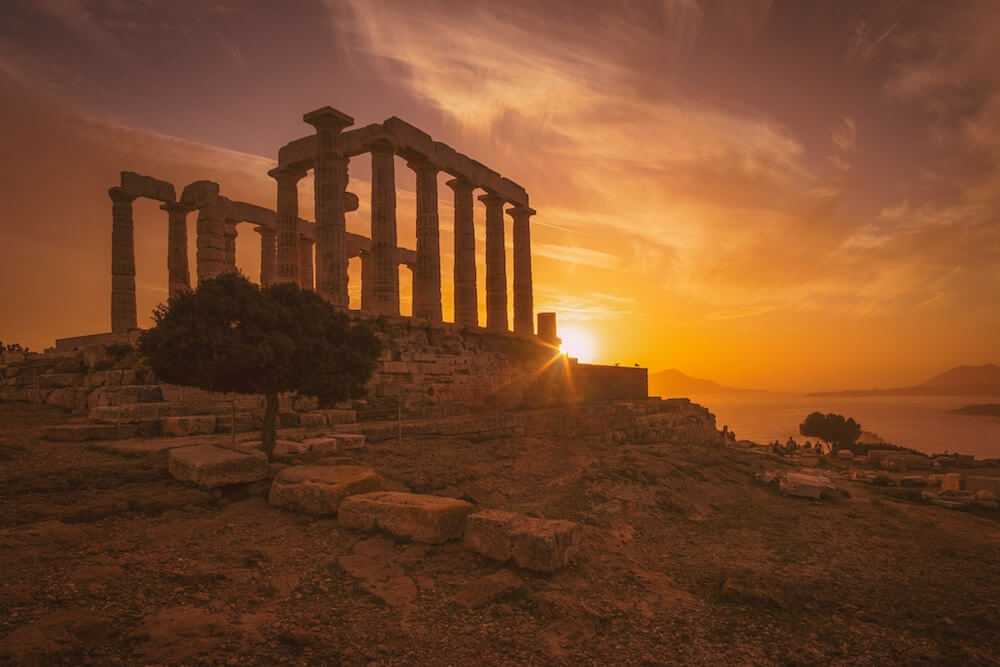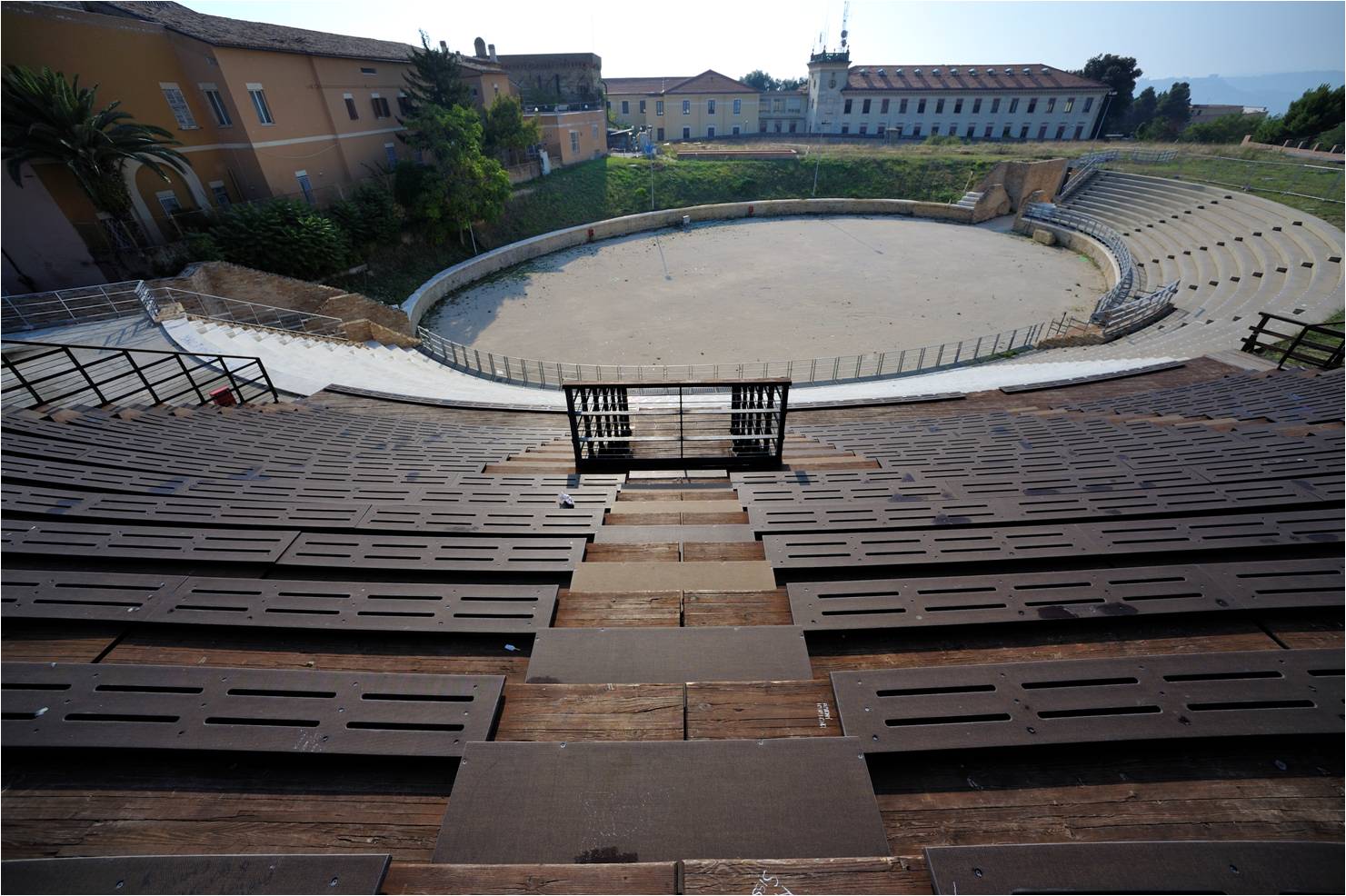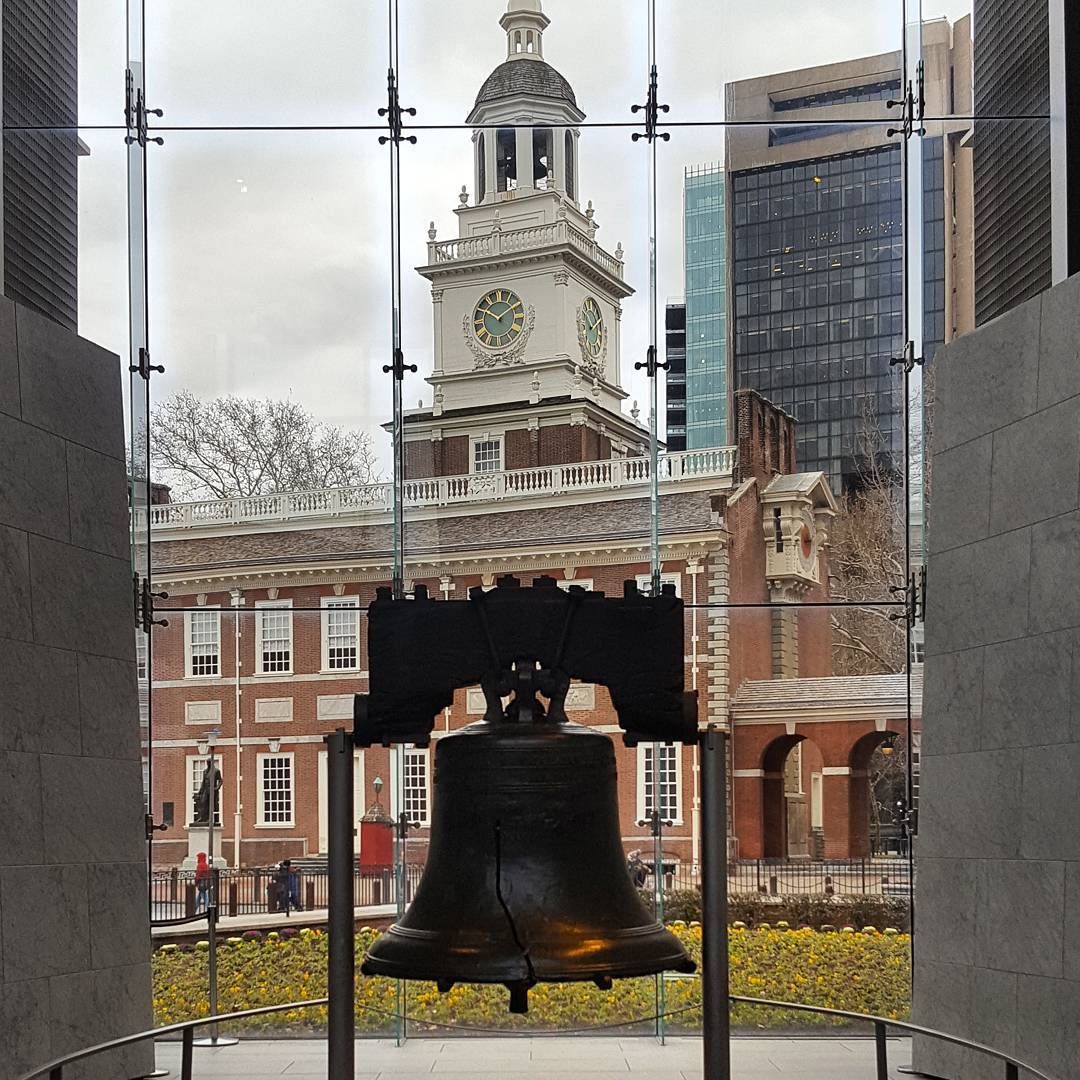The Greek city of Tyndaris was founded by Dionysius of Syracuse around 396 B.C. in a strip of the territory of ancient Abacaenum in a formidable strategic position, already the site of a Bronze Age settlement (facies of Rodì-Tindari-Vallelunga); subjected to Rome after 257, it experienced a flourishing development to which alternated moments of crisis, until it was destroyed by the Arabs in 836 A.D.
Explored and studied as early as the 18th and 19th centuries, it was the subject of systematic investigations and demanding restoration work from the postwar period to the 1970s, under the direction of L. Bernabò Brea and M. Cavalier and with the collaboration of N. Lamboglia of the Institute of Ligurian Studies.
THE WALLS.
The walls, of which conspicuous sections were brought to light in 1955-56 (F. Barreca, N. Lamboglia) constitute, also because of their good preservation, one of the most impressive complexes of fortifications in Greek Sicily. Crossed by posterns, they are interrupted by the grandiose defensive arrangements of the main city gate, which opened at the bottom of a semicircular tong, protected by two large towers.
THE THEATRE.
Built in Greek times, probably during the 4th century B.C.E., and extensively modified in the imperial age, the theater of Tindari is set in a scenic position, with the cavea facing the sea. It was the subject of two challenging restoration campaigns in 1938 (G. Cultrera) and between ’60 and ’66 (L. Bernabò Brea).
THE BASILICA.
The monument traditionally known as the "Gymnasium or Basilica" is actually a monumental propylaeum of the great agora that constituted the center of city life. The entire downstream wall of the great gallery, which collapsed before the Byzantine period but whose blocks had remained in regular arrangement on the slope, was raised in 1956, as was the front of the propylaeum toward the theater, of whose arches most of the blocks could be found.
THE URBAN LAYOUT
Between 1949 and 1956 excavations made in the urban area made it possible to recognize the basic lines of the layout, consisting of large parallel streets (decumani) intersected orthogonally by smaller streets on a steep slope (cardines).
INSULA IV
The excavation of insula IV was conducted in the years 1950-1955 by D. Restagno and M. Cavalier (note – courses before D. Restagno) . The insula lies on a steep slope and consists of a series of distinct buildings. On the lowest terrace, at the level of the lower decumanus, is a series of six tabernae. On the next terrace lies a dwelling house equipped with a large square courtyard-peristyle with a median garden and cistern on which the tablinum opened. Finally, the uppermost part of the insula was occupied by a single bath building with beautiful mosaic pavement , which extended over two consecutive terraces set at a slight slope.
(luigi Bernabò Brea)
